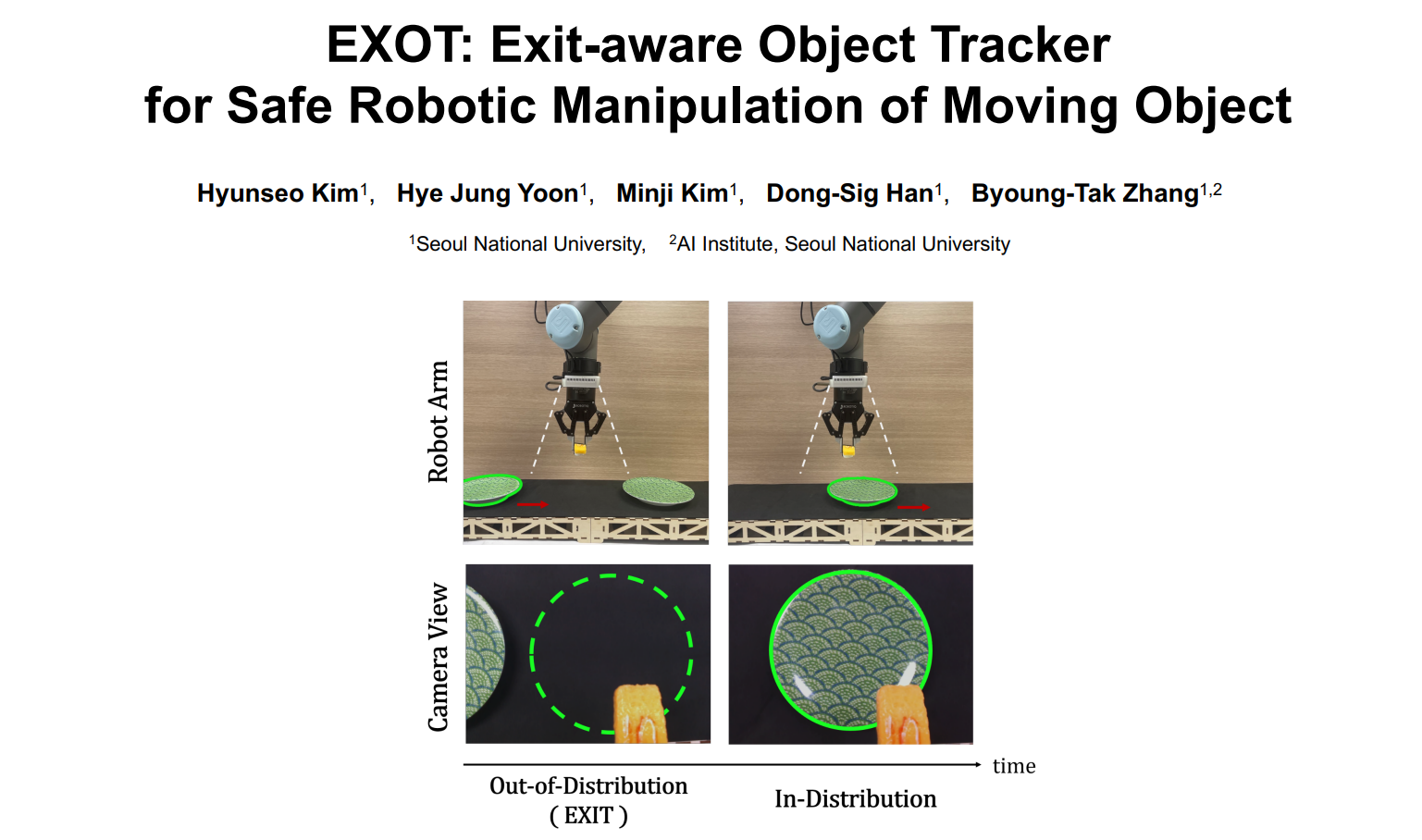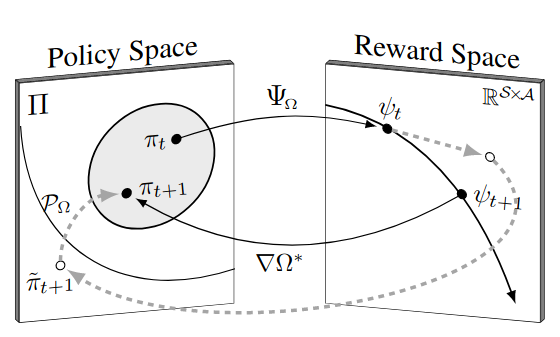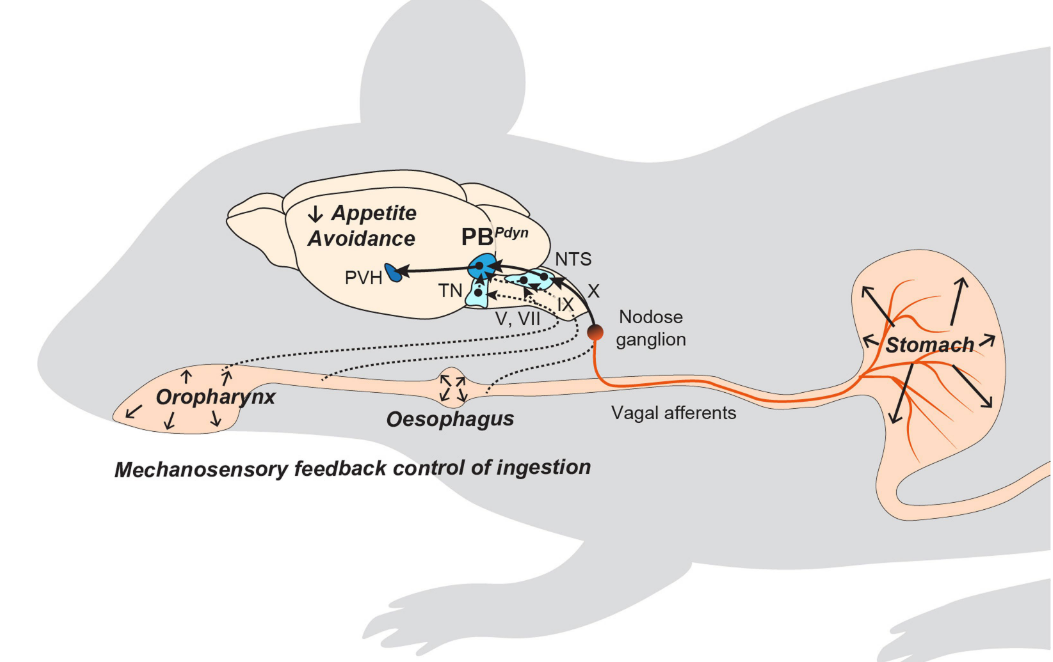|
I am a PhD student in Interdisciplinary program in Neuroscience at Seoul National University, and a member of the biointelligence laboratory led by Byoung-Tak Zhang. My research interests lie in the area of robotics, vision, imitation learning and representation learning. Email / CV / Google Scholar / Github |

|
|
I'm interested in computer vision, robotics, self-supervised learning, imitation learning, and representation learning. Much of my research is about inferring the object representation from related actions. Representative papers are highlighted. |

|
Hyunseo Kim, Hye Jung Yoon, Minji Kim, Dong-Sig Han, Byoung-Tak Zhang ICRA, 2023 arXiv EXOT is applied to the robot hand camera (wrist camera) and successfully detects the target object absence during object manipulation. EXOT is a single object tracker with an out-of-distribution classifier. It makes safe robotic manipulation possible even when the target moves. |

|
Dong-Sig Han, Hyunseo Kim, Hyundo Lee, Je-Hwan Ryu, Byoung-Tak Zhang NeurIPS, 2022 official paper / arXiv MD-AIRL predicts a sequence of reward functions, which are iterative solutions for a constrained convex problem. |
 
|
Taehyeong Kim, Injune Hwang, Hyundo Lee, Hyunseo Kim, Won-Seok Choi, Joseph J Lim, Byoung-Tak Zhang ICML, 2021 official paper / arXiv MPART suggests successful active online learning that selects representative queries and proceeds efficient model update that does not forget important info as soon as a new data sample is observed. |
|
|
Taehyeong Kim, Injune Hwang, Gi-Cheon Kang, Won-Seok Choi, Hyunseo Kim, Byoung-Tak Zhang ICASSP, 2020 Official paper / arXiv LPART suggests semi-supervised online learning for real-world problems where labels are rarely given and the opportunity to access the same data is limited. |

|
Dong-Yoon Kim, Gyuryang Heo, Minyoo Kim, Hyunseo Kim, Ju Ae Jin, Hyun-Kyung Kim, Sieun Jung, Myungmo An, Benjamin H Ahn, Jong Hwi Park, Han-Eol Park, Myungsun Lee, Jung Weon Lee, Gary J Schwartz, Sung-Yon Kim Nature, 2020 official paper We revealed a neural circuit that relay mechanosensory feedback from the digestive tract to the brain. Neurons in parabrachial nucleus that express the prodynorphin gene monitor the intake of both fluids and solids. |